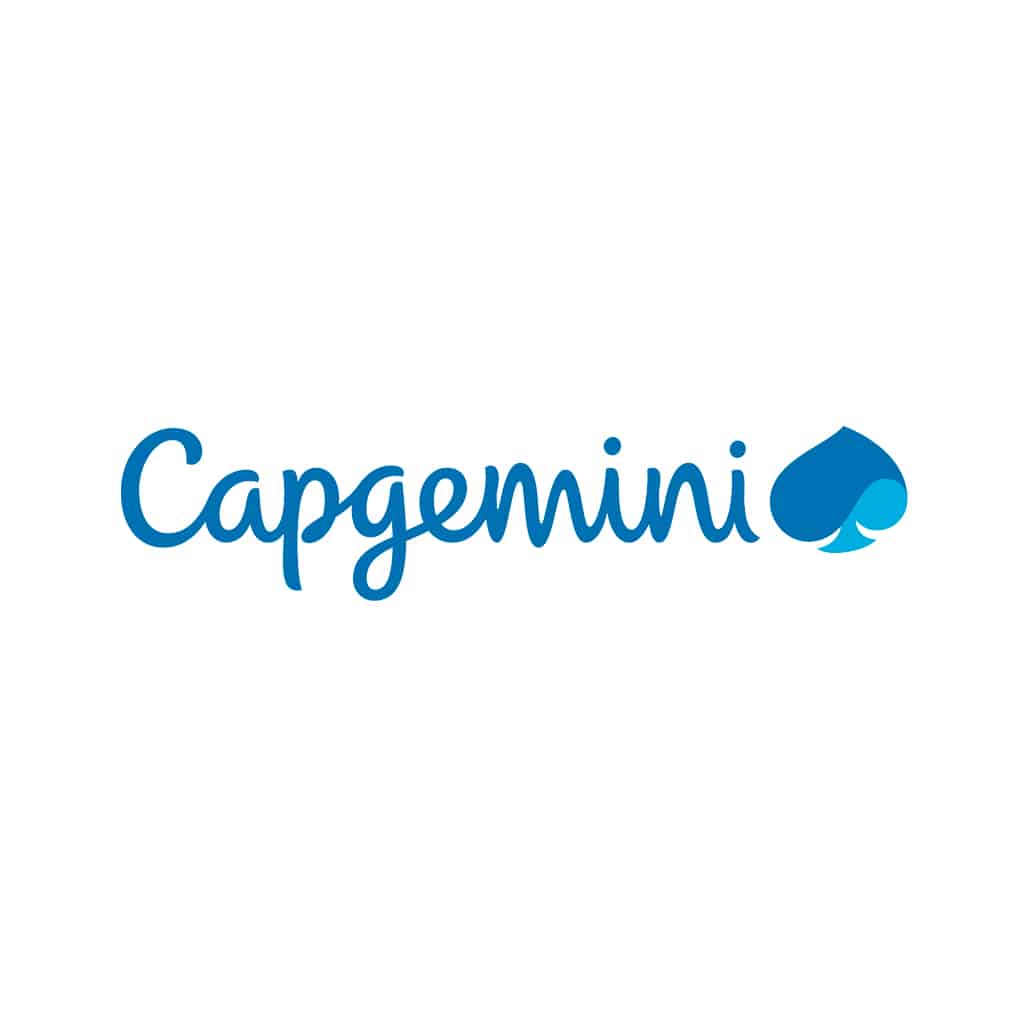
Sustainable IT application at Mercedes-Benz AG
Capgemini modernized a Mercedes-Benz AG widely used backend service for vehicle master data and buildability services. Several deployments were consolidated into a central…

The project answers to a dual objective: 1. Conducting a complete inventory and measuring the environmental footprint of Capgemini France IT capabilities 2. Deploying reduction levers until 2022
Capgemini started its sustainable digital transformation involving all French based entities by driving change in IT usage and operating models, and by onboarding all employees.
Between November 2020 and March 2021, Capgemini realized:
The initialization of the reduction roadmap
Emission scope(s) on which the project has a significant impact
Scope 2 – Reduction of energy consumption
Scope 3 – IT equipment all along their life cycle
Hypothesis | Target differential by 2024 |
Decreasing number of equipment per employee | -8% |
Extending computers’ lifetime | +33% |
Increasing computers’ reconditioning rate | +5% |
250 k€
2020
France
The project contributes to the following SDG:
The opportunity of scaling the initiative at Capgemini Group level is currently under investigation. The approach would be to replicate the designed methodology to all other IT departments and consolidate levers deployment at international level.
Quantis on the quantitative audit
Sandrine Fouillé – Directrice RSE France sandrine.fouille@capgemini.com Maud Paré – Cheffe de projet Numérique Responsable maud.pare@capgemini.com

Capgemini modernized a Mercedes-Benz AG widely used backend service for vehicle master data and buildability services. Several deployments were consolidated into a central…
AFEP (Association of French large companies) is an association representing 111 of the largest companies operating in France. It participates in the public debate with the ambition to provide pragmatic answers in favour of the development of a competitive and sustainable French and European economy, conducive to the growth of all companies.